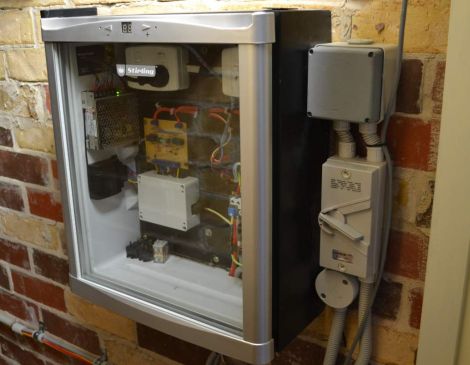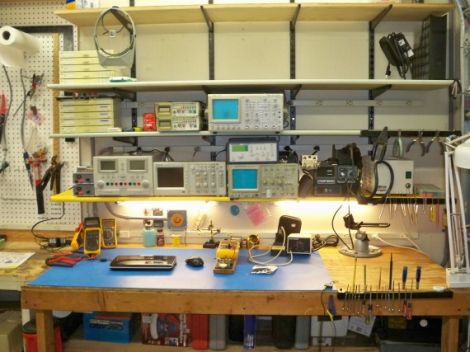DIP, SOIC, BGA, MLF or QFP? None, so it seems.
This morning I received an email from Texas Instruments. Normally, these things go right into the spambox but this one was a bit unique. You can now buy some of TI’s IC’s without any packaging. Yup, just trays full of silicon squares. From TI’s point of view miniaturization has reached a point where that extra 0.1″ of PCB space is now too valuable to give to a piece of worthless plastic, and bonding micro-small wires to a silicon die is a feat that any manufacturer can preform with great accuracy, reliability and speed.
Whether this is a new paradigm in manufacturing or a premature April fool’s joke, if this process catches on smartphones just went from being almost unrepairable to 100% unrepairable, and ipod nanos might just start playing back 1080p video. It’s awesome and scary at the same time.
Now, are they crazy, or just ahead of their time? Tell us what you think.

















